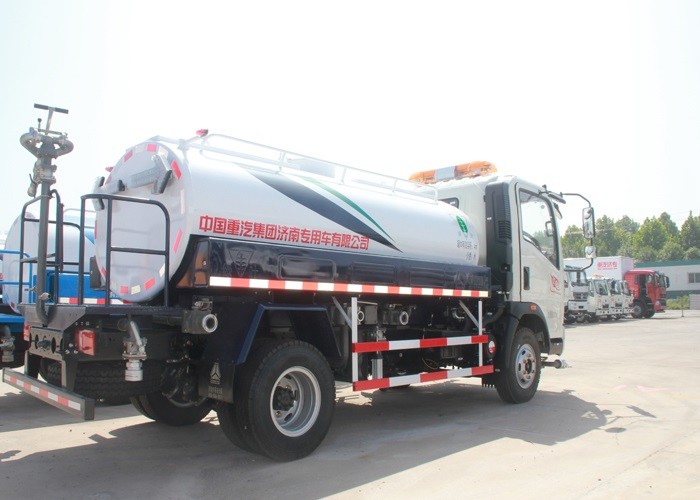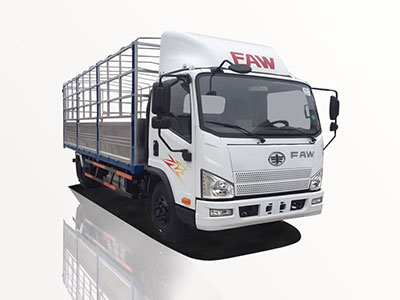The oil and gas industry plays a critical role in global transportation, and oil tankers are at the heart of this sector. This article dives deep into oil tanker fuel—looking at types, efficiency, environmental impact, regulations, and much more. This extensive guide aims to provide readers with a thorough understanding of oil tanker fuel, ensuring all vital aspects are covered in detail.
What is Oil Tanker Fuel?
Oil tanker fuel refers to the various types of fuels used to power oil tankers, both during the transportation of crude oil and in their operations. This fuel is crucial not only for the sailing of these massive vessels but also impacts the efficiency and environmental performance of maritime transport.
Types of Oil Tanker Fuel
There are several types of fuel used in tankers, each with distinct properties and use cases.
1. Heavy Fuel Oil (HFO)
Heavy Fuel Oil, or HFO, is the most commonly used fuel in the shipping industry, particularly for large vessels. It is thick and viscous and must be heated for it to flow properly.
2. Marine Diesel Oil (MDO)
Marine Diesel Oil is a lighter variant of fuel that offers better combustion and emissions characteristics compared to HFO. It is typically more expensive but is often used in smaller vessels.
3. Marine Gas Oil (MGO)
Marine Gas Oil has low sulfur content and is considered a cleaner alternative. It is often used in regions that enforce stringent regulations on emissions.
4. Liquefied Natural Gas (LNG)
LNG is gaining popularity as a cleaner alternative to traditional fuels. It produces significantly lower levels of sulfur oxides and carbon emissions, making it an appealing option for operators seeking to meet environmental standards.
5. Biofuels
Biofuels represent a developing area in oil tanker fuel. These renewable fuel sources help to reduce greenhouse gas emissions and reliance on fossil fuels.
Choosing the Right Fuel for Oil Tankers
Selecting the appropriate fuel for oil tankers involves a variety of considerations, including cost, availability, environmental regulations, and operational efficiency.
Cost Considerations
The cost of fuel can significantly impact the overall expenses involved in operating an oil tanker. Operators often induce measures to optimize fuel consumption to remain competitive.
Regulatory Compliance
Regulations, such as the International Maritime Organization’s (IMO) sulfur cap, mandate that ships use low-sulfur fuels. Companies must be aware of such regulations to avoid hefty fines and promote sustainable practices.
Environmental Impact
Environmental concerns are becoming stricter, pushing the industry to seek cleaner fuel options. Research indicates that major shipping companies are increasingly adopting MGO and LNG to minimize their carbon footprints.
Example of Fuel Selection
In a case study of a mid-size oil tanker operating in European waters, the vessel switched from HFO to MGO to comply with the stringent sulfur requirements. The initial cost increase was offset by reduced penalties and a commitment to sustainability.
Efficiency and Performance of Oil Tanker Fuels
The efficiency of oil tanker fuel plays a key role in operational performance. Fuel efficiency directly correlates with the ship’s overall operational costs and environmental impact.
Fuel Consumption Monitoring
Monitoring systems are vital tools that help ensure fuel is consumed efficiently, identifying any discrepancies or inefficiencies in real-time.
Technologies to Enhance Fuel Efficiency
New technologies, such as hull modifications and energy-saving devices, contribute to improved fuel efficiency, allowing vessels to use less fuel while maintaining speed and stability.
Environmental Impact of Oil Tanker Fuels
As awareness grows about climate change, the maritime industry faces increased scrutiny regarding its environmental footprint.
Greenhouse Gas Emissions
Oil tankers are significant contributors to greenhouse gas emissions. Understanding fuel types and their respective emissions helps companies adopt strategies to minimize their carbon output.
Pollutants and Regulations
The pollutants released from oil tanker fuels include sulfur oxides (SOx), nitrogen oxides (NOx), and particulate matter. Regulatory frameworks are tightening; for example, the IMO’s MARPOL Annex VI aims at reducing air pollution from ships.
Table of Fuel Emissions Comparison
| Fuel Type | SOx Emissions (g/kWh) | NOx Emissions (g/kWh) | CO2 Emissions (g/kWh) |
|---|---|---|---|
| Heavy Fuel Oil | 0.6 | 7.0 | 720 |
| Marine Diesel Oil | 0.1 | 5.0 | 670 |
| Liquefied Natural Gas | 0.0 | 2.0 | 450 |
Best Practices for Managing Oil Tanker Fuel
Implementing best practices in fuel management can lead to increased efficiency, reduced costs, and lower environmental impact.
Regular Fuel Testing
Regular testing of fuel quality is essential for ensuring proper combustion and preventing engine damage. This is especially important for HFO due to its viscosity and potential contaminants.
Fuel Treatment Systems
Investing in fuel treatment systems can help in removing impurities, ensuring cleaner fuel that burns more efficiently.
Training Crew on Fuel Efficiency
Training crew members on best practices for fuel consumption can lead to significant savings. Educating them about efficient sailing routes, engine management, and maintenance schedules can collectively enhance fuel efficiency.
Future Trends in Oil Tanker Fuels
The landscape of oil tanker fuels is evolving rapidly, driven by environmental concerns and technological advancements.
The Move Towards Decarbonization
The industry is aiming for complete decarbonization. Various fuel alternatives, including hydrogen and ammonia, are being explored as viable options for future oil tankers.
Innovations in Fuel Technology
Technology is ever-evolving, with new innovations that promise to enhance fuel efficiency and reduce emissions continuously emerging. Blockchain technology, for instance, is being introduced in supply chains for better tracking and management.
Frequently Asked Questions
1. What is the most commonly used fuel in oil tankers?
Heavy Fuel Oil (HFO) is the most commonly used fuel in the shipping industry, especially for large vessels.
2. Are there regulations on oil tanker fuels?
Yes, regulations such as the IMO’s sulfur cap impose limits on sulfur content in fuels to reduce air pollution.
3. Why are low-sulfur fuels becoming popular?
Low-sulfur fuels, like Marine Gas Oil (MGO), are becoming popular due to stringent regulations aimed at reducing the environmental impact of shipping emissions.
4. How can oil tankers reduce fuel consumption?
Strategies such as monitoring fuel consumption, adopting energy-efficient technologies, and training skilled crew members can help reduce fuel consumption on oil tankers.
5. What is the environmental impact of using Heavy Fuel Oil?
Heavy Fuel Oil has high sulfur content and produces significant greenhouse gas emissions, contributing to air pollution and climate change.
6. What alternatives are being explored for oil tanker fuel?
Alternatives such as biofuels, LNG, hydrogen, and ammonia are being explored as cleaner and more sustainable options for oil tanker fuel.






